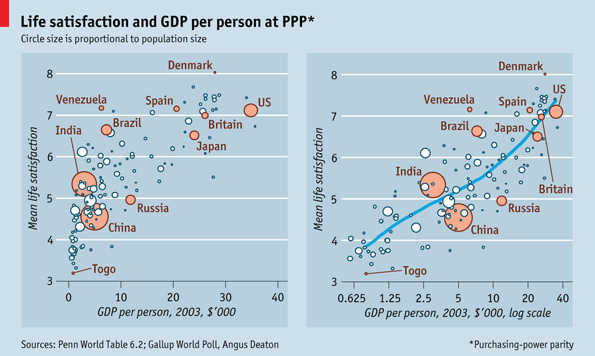
Writer: Miriam Klaczynsk, Editor: Lara Ramirez
The uniquely jarring trend of AI feminization has come with the rise of digital assistants forged with Artificial Intelligence — such as Apple’s Siri, Amazon’s Alexa, or Microsoft’s Cortana. Google Assistant is the only of these major companies — with AI assistants embedded within their products — that does not have a feminine-sounding name. Its default voice, however, is female — perfectly in line with the trend we’ve seen across the industry.
However, this provides a stark contrast with the gender constitution of the industry. 90.9 percent of artificial intelligence specialists are men, with only 9.1 percent of the field’s labor force being female. In 2023, women accounted for 23 percent of working software developers. Therefore, what we see is a feminization of AI in an industry that is largely male-dominated. Women largely do not represent the technology being modeled after them, which reinforces far too many negative stereotypes.
To understand the mechanisms behind this development, we must confront the historical trends of the female workforce. The labor participation rate for women has been slowly rising over the last century. Still, social barriers and gendered stereotypes often prevent(ed) women from entering, navigating, or remaining within the labor force. Even in the 1930s, when almost 50 percent of single women were employed, most exited the workforce upon marriage. The participation rate for married women was only around 12 percent; by 1970, that value rose to 40 percent, though the employment opportunities available to women remained incredibly limited. Men were the doctors, the directors, and the CEOs; women were the nurses, the assistants, and the secretaries.
According to a 2014 study on “Gender effects in brain and behavior,” women are stereotypically considered to be more supportive and nurturing; just as men are expected to be less emotional and more cognitive. Subconsciously, society wants the man in the advisory role and the woman as the support system or assistant. You don’t ask Siri if she thinks you should skip your lecture to sit out on the glade — you ask “her” to flip a coin and simply offer the probabilities.
It is not inherent to human nature to trust human-like projections. We know this as the Uncanny Valley effect, which anthropologists consider to be a vestigial paranoia from when other humanoids roamed the Earth. Like Neanderthals, AI isn’t a naturally comfortable entity — the feminization of AI is further propelled by the fact that women are considered more intrinsically trustworthy compared to men. A 2020 study found that people reported more trust in women than men: On a 1-10 scale, women were found to have an average trust level of 7.83, while men averaged 6.41 — across Norway, Germany, and the U.S. Ultimately, this trend is extremely helpful when marketing AI — by making the technology seem as comfortable and familiar as possible, consumers are far more likely to engage with the product.
Simply put, assigning AI assistants phonetically feminine names and configuring them to possess traditionally ‘female’ traits and behaviors reinforces historical gender stereotypes. Additionally, with an AI workforce dominated by male developers, many of these developmental details may come from a male-centric view of women. This further opens the gate for gender bias to be built into the code making up digital assistants.
Past just AI development, a majority of educators in the field of AI are men as well. The 2021 Artificial Intelligence Index Report found that, of all tenure-track faculty whose primary research focus area is AI, only 16.1 percent were female.
Within UC Berkeley’s faculty directory, there are 54 academics who pop up under the research specialty of “artificial intelligence.” Of those 54, 16 are women. Without female educators to provide insight into the relevance of gender, these biases in technological development will only continue.
A cultural trend becomes clear when it has visibly infiltrated its media and pop culture. A recent study from the University of Cambridge found that, in film delving into AI, only 8 percent of AI professionals are women, highlighting the significant gender bias perceived within the field. The feminization of AI is a symptom of the dire underrepresentation of women within the field, and the subsequent reinforcement of harmful stereotypes.
The field is still an emerging one, and there is still ample time to correct these negative symptoms before the world of AI soars into an inconceivable dimension. A new reality is opening before our eyes, and it’s the role of developers today to ensure an equitable future within the realm of artificial intelligence.
Photo illustration by Slate. Photos by Amazon and Getty Images Plus.


